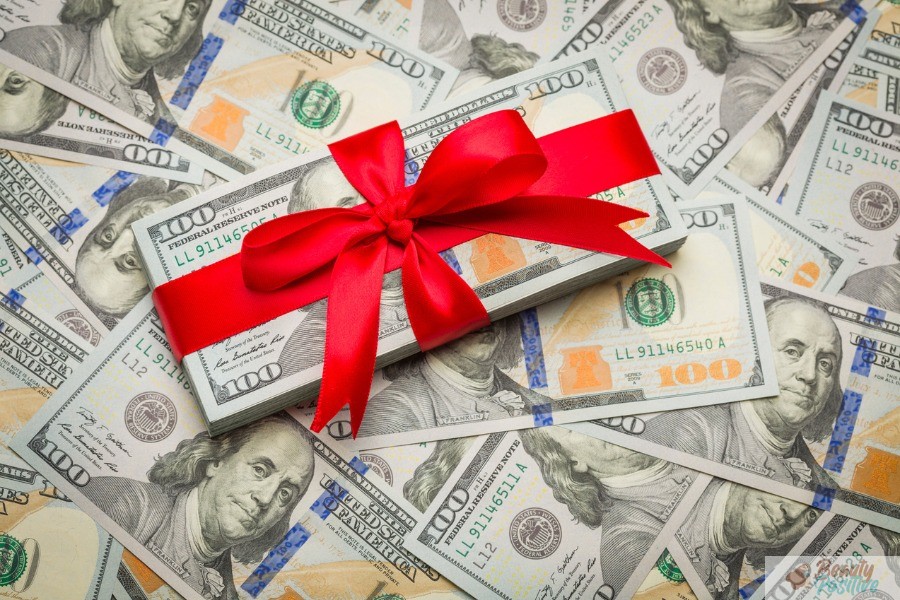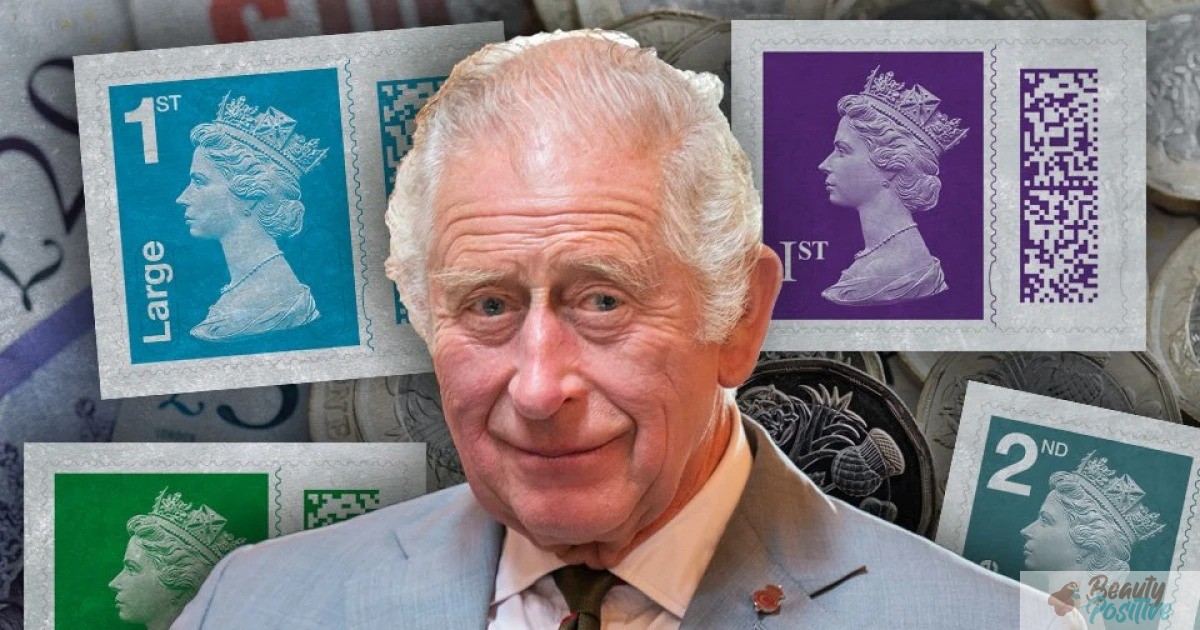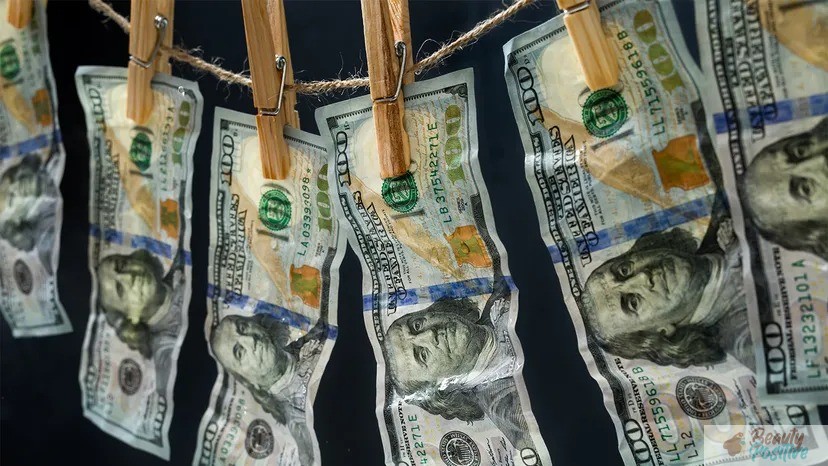Rotating categories, swapping out credit cards out quarterly, Sharpie markers and little stickers on the front of cards. Sound Familiar? These are the stories readers share with me about the tricks they have use to maximize their potential return on their spending.
I’m not saying don’t do this at all. There’s some benefit to be had here. But certainly don’t go overboard on this. And I wouldn’t sweat the small stuff either. The idea that someone used a 1% back card at a gas station vs. even a 5% back card is a difference of $60 a year.** An individual fill up might be a difference of as little as $2. It just isn’t worth the heartache over it.
I certainly wouldn’t worry *at all* about what your spose/SO does with respect to bonus spending. If your spouse thought it important enough they’d get onboard with the idea themselves. The thought of many of us out there sneaking cards out of wallets and purses and replacing them with category bonus cards is cringeworthy. And the idea that anyone could ever get into an arguement over this kind of thing (I’ve heard from some of you that this has happened) makes me want to write today’s post all that much more.
Your Spending, Not Your Earning Rate Is Truly Important

I would keep a very solid 2% (or higher) card in everyone’s wallet. And since the average wallet holds 6 credit cards I would fill the rest of the slots with your best cards for bonus spend. But that’s about all I’d do. Because WHAT you buy is much more important than how much you get paid back for those purchases.
The above gasoline example is a pretty good one. There is a gas station 2 block from my house that consistently is 20 cents a gallon (or more) cheaper than all other stations around me. The big issue is they don’t take credit cards. So a lot of people will probably just say no as a kneejerk reaction to no credit cards. But at $3.10 a gallon vs. $3.30 a gallon I’m earning 6% back on that gas purchase. If I somehow found a gas station that was just as cheap and
But remember this station is 2 blocks from my house. So there’s an extreme level of convenience here, not to mention the time saved as well.
The opposite of this would be just as true–say all gas stations near my home/work are expensive. It makes no sense to seek out a cheaper station to save 1% over using my 5% card.
You’re Losing Money Playing This Game.

There are two reasons I want you all to stop focusing on your real life spending. The first is that any real spending you do is a case of diminishing returns. I’ll take a good, healthy income of $200,000 a year. If you peel away housing ($25,000) and Taxes ($40,000) you’re left with $135,000. Let’s assume a 10% savings level, we’re now down to $121,500. Even if you somehow earned 5% on that entire 121,500 of spending you’re talking about $6,000.
Open and Shut case, right? I just proved myself wrong. 5% of $121,500 is always going to be better than 3, or 2, or 1%. Right? Well…no, or at least not for the vast majority of you.
Surely You’re Not Talking To Me?
You never carry a Balance. You have cards that pay out high rates at nearly every store you shop at. You are a master of juggling due dates and pay no interest. YYou buy and spend down VGC to get 5% everywhere. I’m Talking to all of you.
Study after study, after study, after study have shown that when we disassociate from the physical, tangible aspect of money we spend more. How much more? One study saw a 55% increase in spending. One more says that even those who carry no balance are prioritizing spending vs. fully saving for important things like retirement or rainy days. Another study correlated the size of your credit limit with overspending, because the individual expenditure seems so puny compared to a 5 figure credit line. Ever wonder why credit card issuers keep raising up our limits without us asking? Yep. Its a Trap.
The facts are there, and I beg you to consider them. You and I owe it to ourselves to be the best individual we can be. That means strategic spending on what is needed. Sure, add in some splurges, but you need to retain your focus on the end prize: letting you money make more money for you. Then when you go to redeem and travel be aware that that travel is not free. There are a lot of possible pain points in this game.
The Cures For What Ails Us

Save first. Set up your savings rate irrespective of all spending bonuses, rebate amounts etc. Plan out a system for purchases first and work within that. This is most commonly called a Budget (That dreaded B word). But beyond that what is the system you will use. Credit cards are an effective tool if you track purchases. An envelope system with cash might actually work to be to your benefit.
If you’ve got an effective savings rate (including things like FSA/HSA contributions, 401k, IRA, and all other savings then I’m ok with you talking about 5% everywhere. But I think once you really look hard at the numbers you’ll think twice about pushing for 5% everywhere.
Once you get there you’ll realize you don’t want to go on

The thing is this–I was right there at that plateau. I had a solid budget and was working it monthly. I was saving at a healthy rate and investing in proper low cost funds. And so I was ready to really flex my muscle on my day to day spending. Except I realized my day to day spending was puny at that point. I’d already been earning miles and points at a good clip by manufacturing them on my Milenomics Mileage Runs(MMRs), So the choice became–spend the time squeezing ever smaller profits out of a fixed amount of spending. OR create massive amounts of spending that generated profits.
When you get to that fork in the road the choice is obvious–spending 10x your yearly income on made up things will dwarf your real spending to the point that it will look silly. And then, because you’re fully involved in all of this your ability to earn 5% everywhere actually blurrs into oblivion. You’re holding a VGC in your wallet because you think “I’ll use this and get 5% everywhere.” But when that same VGC can be cashed out for $1 (.2%) what you’re effectively doing is saving yourself $1, or earning an additional .2% on your spend on that card.
But you used it to pay your taxes you might tell me. Still could have liquidated it for $1. But you’ve paid a guy to fix your broken window with it. Could have probably got a cash discount and even then, still just saving yourself $1.
Let’s stick with the gas station example from my real life. I’ve often seen lines at Costco for gas that are 10+ cars deep. At 5 minutes per fill up and two pumps per lane you’re looking at 25 minutes to fuel up. They’re gas is consistently cheaper than elsewhere. My local Costco is about $3.04 a gallon, vs. $3.30 for anywhere that takes credit. My local cash only is $3.10. A-ha! but you can earn 3% back on Costco Gas, another $.09 a gallon. Now you’re paying $2.95 a gallon effectively.
Except you spent 25 minutes to get that gas vs 5 minutes at any other gas station. At my T-Rate ($60/hr) you just traded $25 in time to save ($3.30-$2.95×20 gallons) $7. And if you compare it to the cash only station you traded that $25 to save just $3.
In 25 minutes how much could you manufacture through tricks like VGC, Prepaid Store Gift Cards or other methods?
TIME is the ultimate limited resource

These exist. If they didn’t the rest of this post might not. But they’re here, and they seem to be sticking around in some form. These are likely extremely useful for hitting higher than normal minimum spending. That is the only legitimate use of them besides churning them. Any idea that you’re going to extract 5x rewards everywhere is foiled by the simple math above (2% lost on the spend and 1% spent on the fee).
Know When to Hold’em and Know When to Fold’em.
So when should you step back from a deal? I don’t have a great answer for that. I think that’s something that’s been a very, very important missing piece of the game we play. I often equate things to time–will the time something takes outweigh the potential gain? An example in my head is the recent 4x fuel points at Kroger stores (LINK). I’d much rather look for and purchase $500 in store gift cards and flip those at a loss of 5% than buy $100 VGC for $5 (CHECK THAT MATH) and have to liquidate them at a painstaking 4x$100 swipes.
Your goal should not be extracting the most value from your spending. It should first be putting firm savings goals in place that limit what you can spend.
Overspending
Cash Discounts (LINK)

Constantly looking for non-bonused spending is harder now that 2.5% cards exist now. But let’s use a really ‘textbook’ example. Car repair.
I know, I know. There’s nothing sexy about cash discounts. But they’re real. They exist. And they probably could eliminate some of your credit card spend and earn you bigger real money savings than points or miles.
In your rush above to liquidate your $500 debit gift cards you realize your car is being repaired. And you’re going to pay for it anyway. So you should use those $500 cards. Sweet. you’re Liquidating those $500 cards for free, right?
No.
Again, this harkens back to what I wrote a few weeks ago about opportunity cost. (LINK) If you’ve no other option to get rid of those cards, then yes, this is a real liqudation. Otherwise you’ve saved yourself the cost of your lowest cost Liquidation method that still has space. If that’s buying a Money Order then you’ve saved $.35 by using those cards for the auto Repair.
But when it comes down to it did you actually spend more on the repair? I don’t know–but it is worth giving that a chance. Something like “Hey I have these credit cards I want to pay with, but do you have a cash discount?”
If the answer is yes you should stand to gain a few dollars per $100 back. But leave it open ended. You’ll be surprised how much people not in our space value paper money (I know , you and I hate it). Your $900 car repair might end up being $850 if you pay with cash.
Your real Spending should be Firewalled from any Funny Business.

More on this later–but you should isolate your personal spending from any of the stuff we talk about doing on here. The basic analogy is that of a business–you’re really running a mile manufacturing business. We’ve used that same anaolgy on the blog before (LLLLLLLINK? nondurable good) because what we do really does align with the idea of running a business.
No business worth its salt

Today’s post is not an exhaustive History lesson in Dodd Frank and the reforms that it created. I’ll just hit on the fact that we owe most of what we do to this piece of legislation and the subsequent 2013 Federal Reserve Rule pushing for PIN enabled Visa/MC Debit Gift Cards. For some of you this might predate your experience earning miles entirely. It is important to know the underlying reasons things work.
Maybe reading the entire 2013 Rule isn’t your cup of tea, but know that there was a lot of upheaval about it in the industry. This was true 5 years ago, and is more true today than ever before. But this ruling opened the door to the Prepaid Visa/MC Debit card Gift Card (VGC) being useful to earn miles and money.
5% everywhere
Cards with 5% back in categories were an open door to leveraging those bonuses in other areas. The game became all about finding stores which sold gift cards of many shapes and sizes. And the idea of getting 5% everywhere became really, really popular.
The methods for 5% everywhere were to use either prepaid debit cards, Vanilla Reloads, or 3rd party store gift cards to channel all your spending through Gas/Grocery/Drugstore/Office Supply (GGDO). Many people might still enjoy such an idea. Except the idea it self was flawed from the day of the Federal Reserve Ruling onward.
Not only is the math of it all Silly: You’re foregoing 2% back on the purchase. So now you’re really looking at net +3% everywhere. And the cards cost you >1% in fees. So we’re at net +1.9% Everywhere.
Some of you will argue against this and tell me that you are in fact only using these prepaid cards in places you don’t already get large % back on your spend. Fine, but read the rest of this post before you decide that argument holds water.
